The soundscape performance reviving the wildlife of the past
How a new initiative by UK-based Heal Rewilding is building awareness, raising funds and connecting audiences to the natural world.
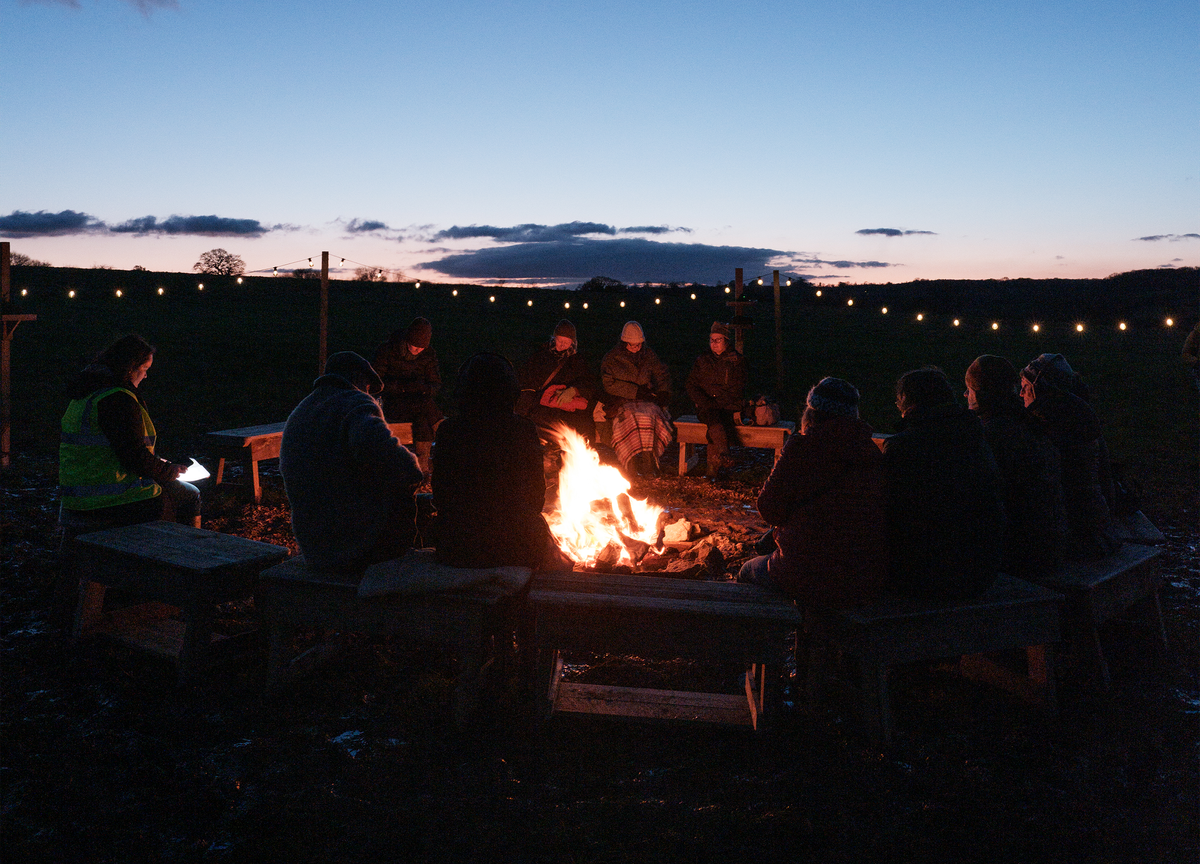
How do you get someone to think about rewilding? And how do you get them to care?
At Heal Rewilding’s first rewilding site, Heal Somerset, the UK charity is connecting with the British public through sound. For 10 nights in March and April 2024, visitors to the 460-acre property can go deep into nature to sit around a roaring bonfire and enjoy a 40-minute immersive audio installation. Entitled Out of the Darkness, it features the sounds of wolves, bears, cuckoo birds and many more animals that are native to the area.
The soundscape performance – compiled from audio archives from places like the BBC and the British Library – is intended to raise awareness of rewilding as well as bring in funds for the young charity. Launched in 2020, Heal strives to buy and rewild land across England.
Here’s what creative director Robbie Sloan, sound designer Dan Swift and Jan Stannard, Heal’s Chair of Trustees and acting CEO, had to say about Out of the Darkness.
What is Out of the Darkness?
Jan Stannard: The project is a unique nighttime soundscape. The concept is to show how nature has been lost, not just visually, but also from an audio point of view. It’s a way of giving people an experience that is memorable and dramatic and unique. It is a provocation as well as a way for people to experience something that humans on this landscape would have experienced going back many thousands of years, as well as current day and recent past.
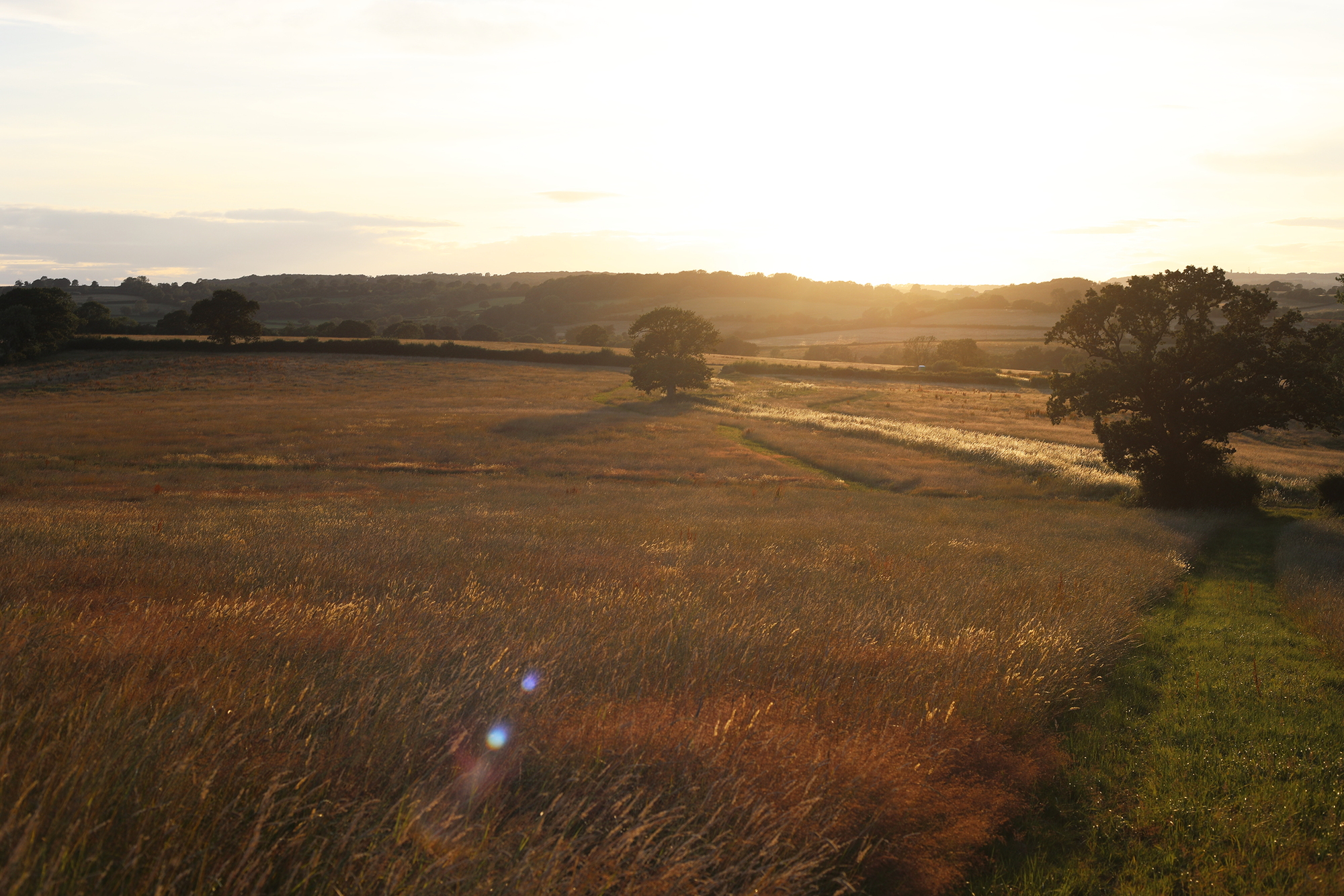
What sounds does the audience hear as part of the audio performance?
Robbie Sloan: There are over 30 creatures that we get to hear in the audio experience. We’ve got scenes like a badger asleep, who’s been woken up by a lynx yelling out in the night. There’s a kind of murder scene, with one creature sounding like it’s being killed by another. And then there’s a moment where a beaver is flapping its tail in a lake, then gets out of the water and gnaws a tree, which falls down. There are all these little stories throughout.
Dan Swift: After a while it dawns on you that you’re very used to seeing things. It’s unusual these days to just have audio. This is a full aural experience. Sound has a very different effect on your imagination. You start wondering all sorts of things about how big these things are, and how near they are to you.
Jan: Every time I listen to it, I find it really magical. Once upon a time, the people who lived on this land would have been familiar with those creatures that make those sounds. That’s part of our disconnection with nature. Not knowing [what sounds you’re listening to] makes its own point.
Robbie: We’ve also had a few live sounds from creatures, like geese and a tawny owl, for example. There's an interaction between nature and the audio file.


Badgers and owls are some of the wildlife featured in the performance.
What’s the experience like and how have audiences reacted?
Robbie: There’s a big fire blazing in the middle of a circle of around 20 people – that’s where the focus is, on those flames flickering. Everybody is given an ancient stone from the river to hold in their hands, to ground themselves, to create that connection with the land before we start. With the warmth of the fire, you’re feeling the cold behind you, you’ve got your blankets, and your jumpers and jackets on. You’re out there in the elements. I think that’s really important to feel all of that before.
And then there’s a voiceover introduction, which sets the scene and takes you back in time, calling our ancestors to join us around the fire. Getting people to think about what it was like then, when the world was much richer with nature. All those aspects set that tone before people go into the journey of listening to the creature sounds.
People really liked the experience. Some found parts of it very meditative. There’s different elements that take you through different emotions. The very first sound is a tawny owl, and a few people said to me, they thought that was a live owl. That’s the kind of magic there.
Some of the audience knows their nature quite a lot. So they were trying to work out all the sounds.
Jan: Sitting around a fire in a natural place in the dark – it’s unforgettable. The sound of a creature in the dark is particularly dramatic.
Who is the target audience of Out of the Darkness?
Jan: People who are interested in the work that we do, interested in the state of wildlife. Those who are curious about the experience. It’s as far from an urban experience as you could possibly get. So some of our audience is people who live an urban life who want to be in the countryside in a different kind of way. People who have an interest in nature.
What are you hoping the audience gets out of the experience?
Jan: We want people to understand loss in a new way. Some of these animals are currently here, like the snipe. Some were lost relatively recently, in the last decade or 50 years, or 100 years. And some are gone, likely never to return, like wolves and bears.
Dan: Having worked on Out of the Darkness, I find now when I’m out and about that I notice the sounds around me, particularly in local parks. I’m familiar with some of the bird calls now, which is a new thing for me. I think anybody who goes to this, hopefully they’ll find that having been introduced to it, they start to notice nature in places that it’s always been.
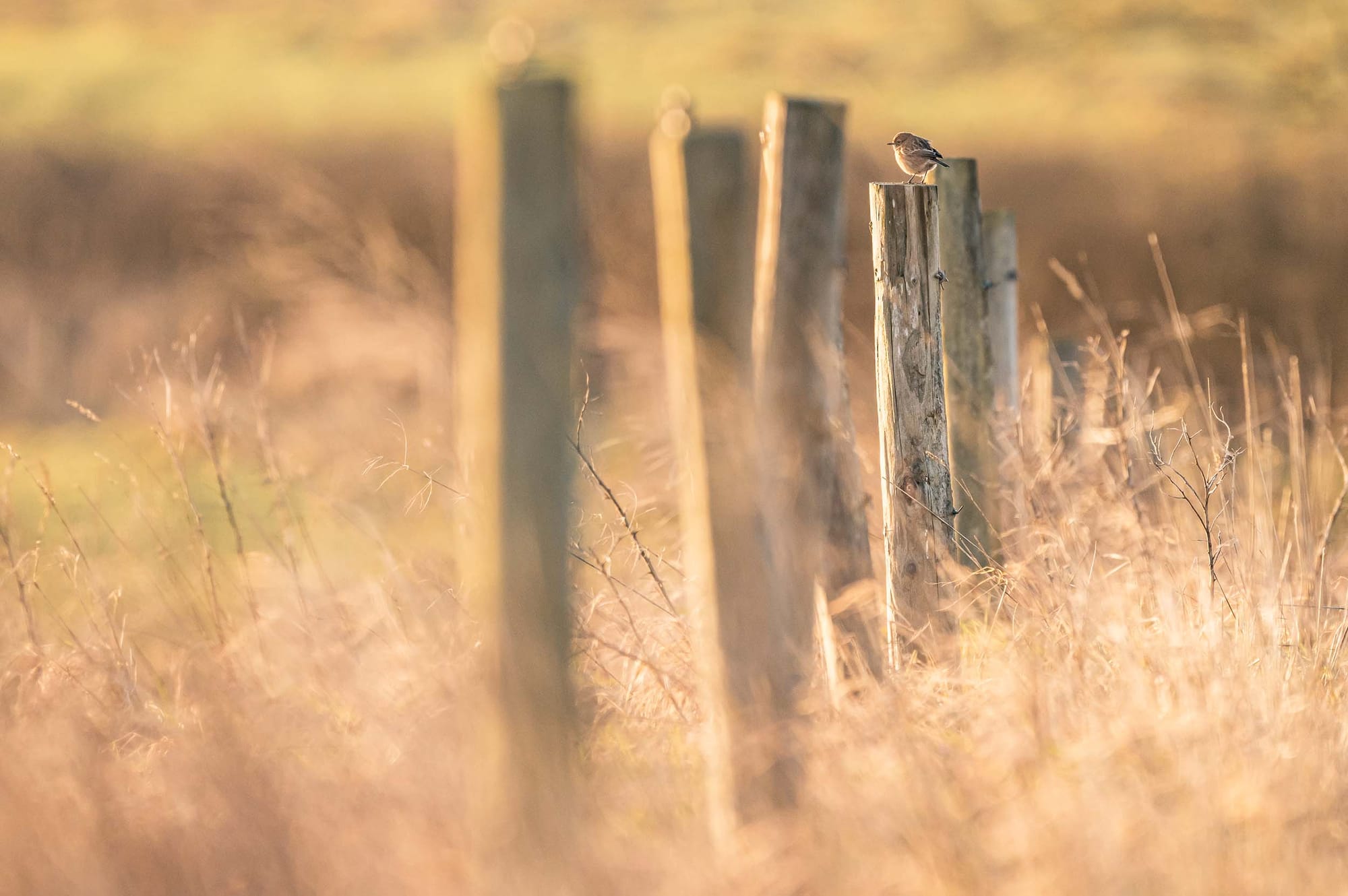
How does Out of the Darkness relate to rewilding efforts?
Robbie: It’s a unique opportunity to get onto the lands and connect with all these sounds that we’ve lost. Hopefully it inspires the audience to get your sleeves rolled up and help support nature recovery wherever you live. It’s about reconnecting with the land, reconnecting with nature and realizing the rich tapestry of sounds that creatures make. And that’s just at night!
Dan: If your awareness is heightened, then you’re going to start having a sense of gain and loss. Now that I’m noticing the birds more, it’s leading me to want them to not disappear completely – because they are disappearing. With heightened awareness of something, you start feeling like it’s part of your life, and it starts becoming important to you. Then you’re more likely to start acting in a way that preserves and encourages a return to looking after nature. Before I did this project, if you’d said to me: When you go to the park to walk your dog, what do you hear? I probably wouldn’t have said birds. I just didn’t use to notice them. Noticing is the first rung on the ladder to caring about it.
Jan: Dan represents the journey that anybody can take in this. For nature to thrive again, it needs more new spaces. And that’s Heal's mission: to create new spaces for nature, where nature is leading the recovery in those spaces. What’s so positive about this experience is that the audience is in a place of hope, where that recovery is already underway. Even in the just over a year that we’ve owned these 460 acres, the life has begun to return. As things change here, we expect some of these sounds to come back, whether it’s naturally or whether we reintroduce some of these species.
All the net proceeds from Out of the Darkness go to our work. Dan and Robbie are volunteers. As a young charity without years of legacy, we believe this project is creatively very special, and will set us apart. People will get to know our work and, most importantly, understand what rewilding is contributing to nature recovery and climate action.
This interview was edited for length and clarity.


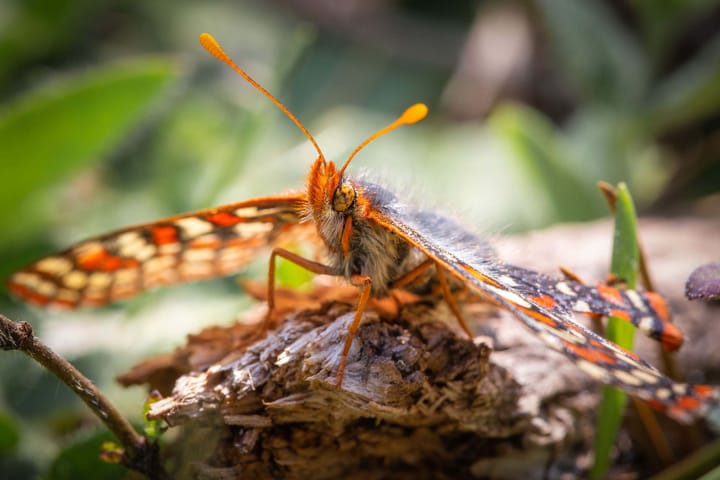
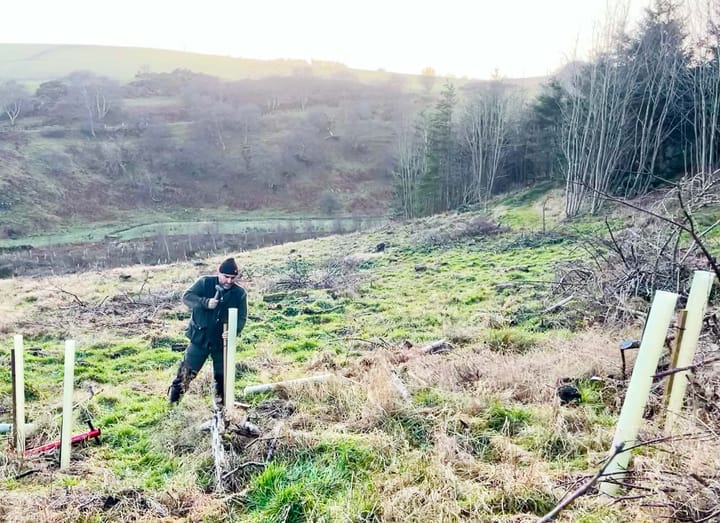
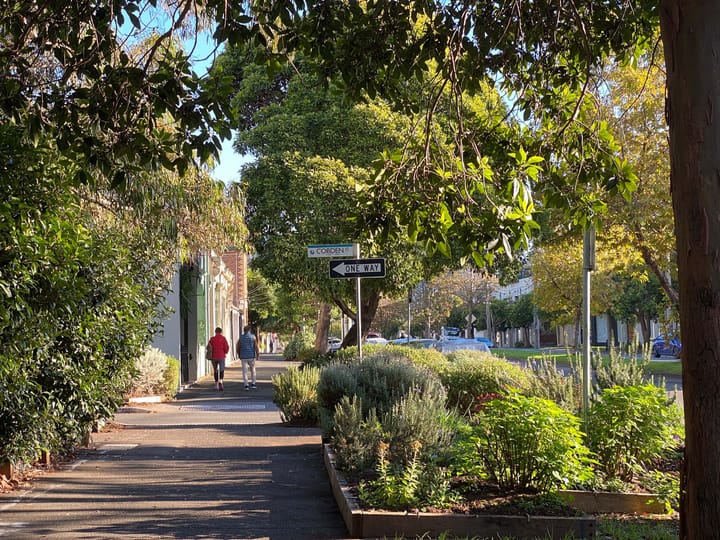

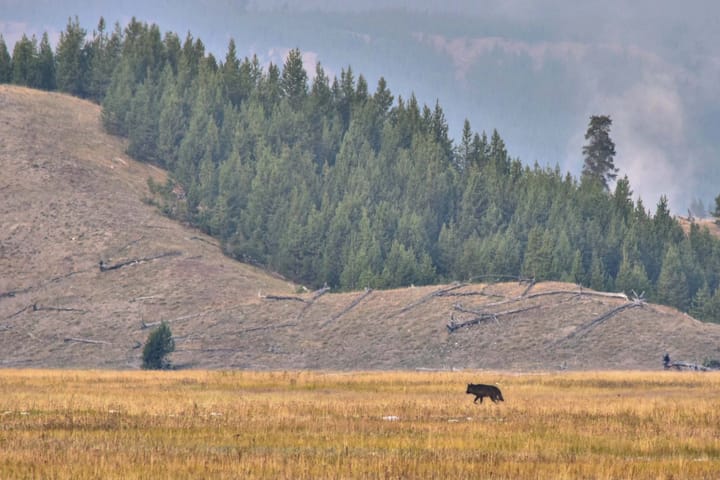
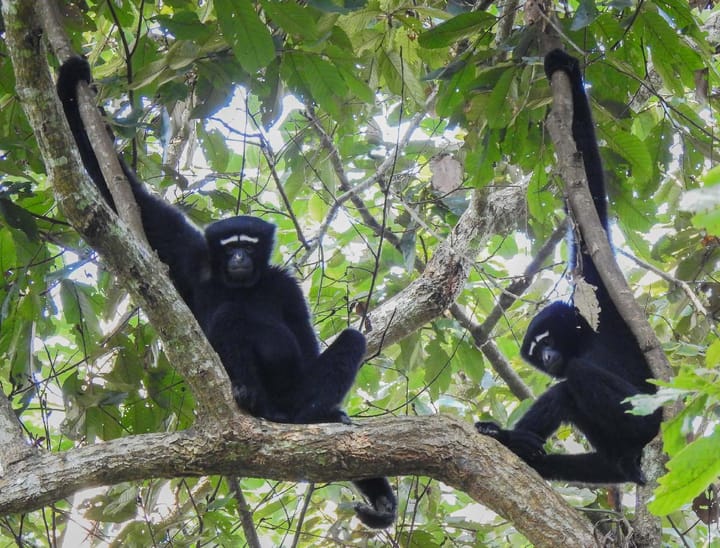
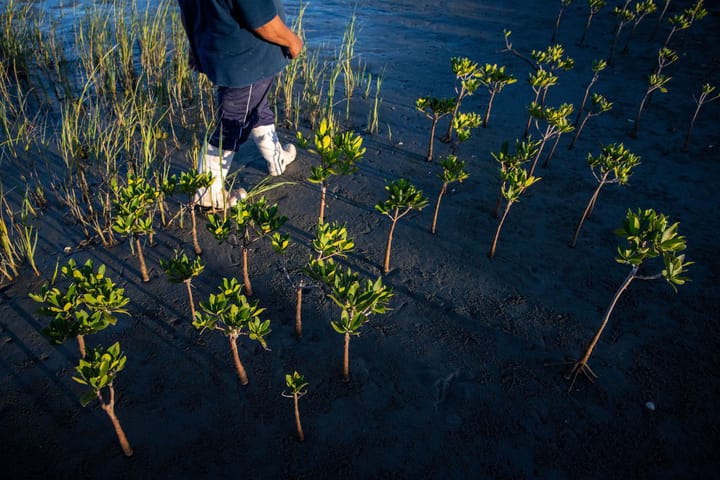
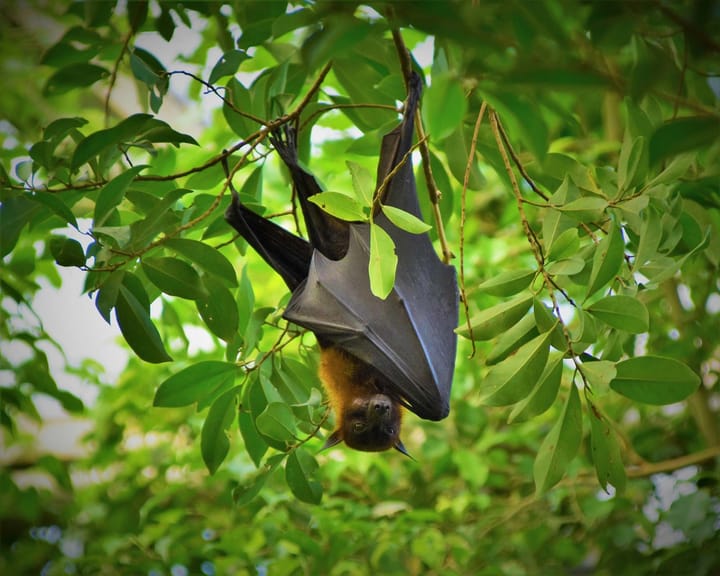
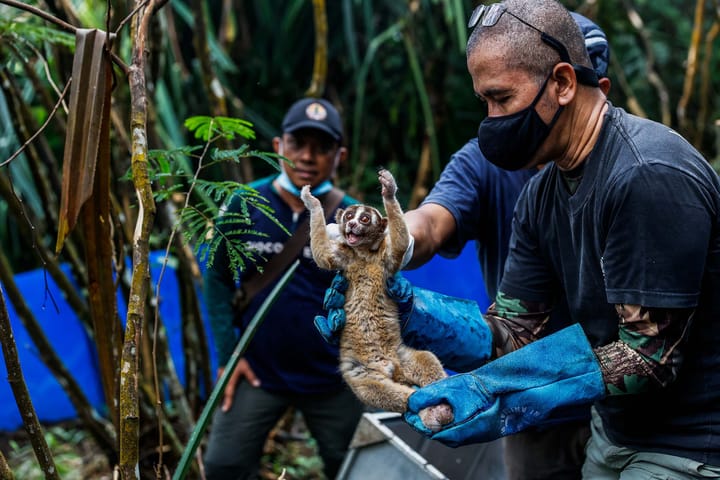

Comments ()